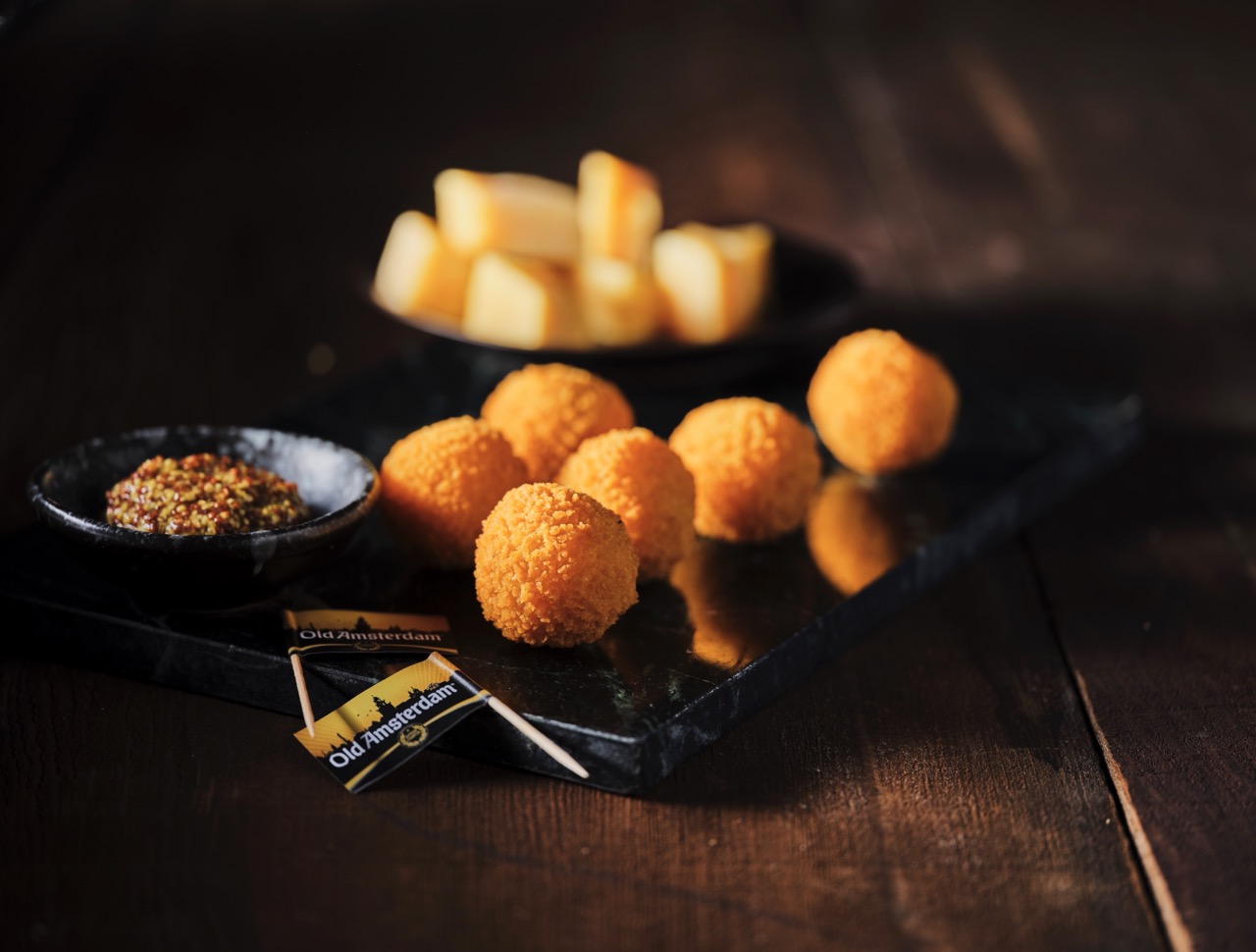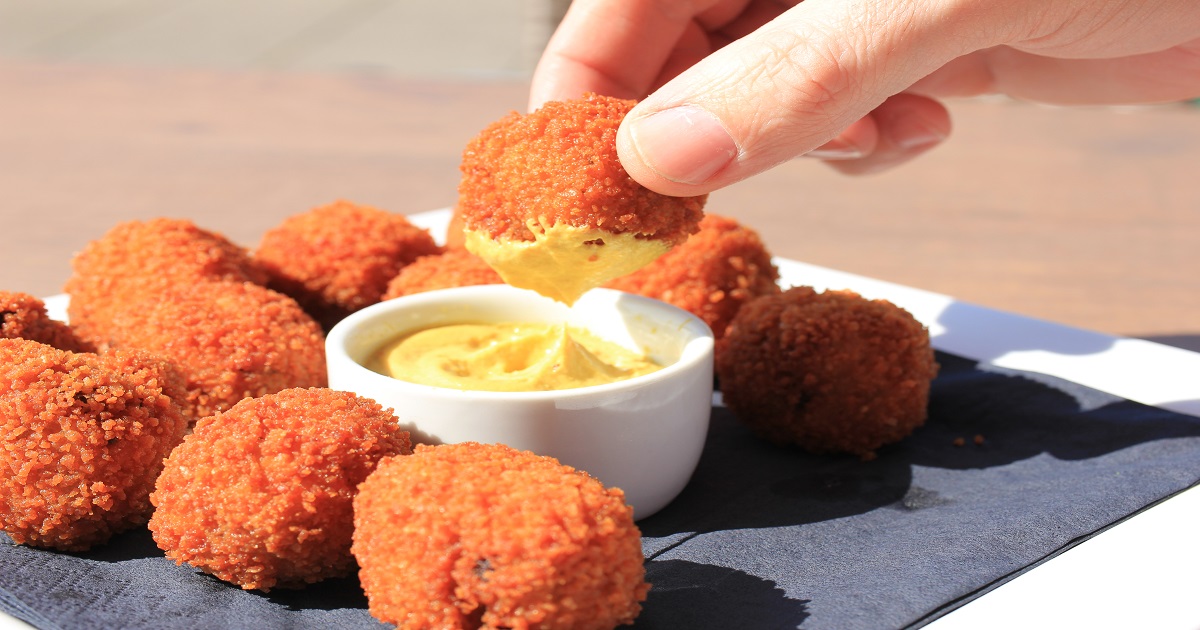Bitterballen is a typical Dutch snack and a bright example of the culinary history share by the country. These round and fried crispy bites are primarily known for their filling – a thick and meaty roux that provides a flavor explosion with each bite. Served in pubs and at various social events, bitterballen is a delicacy that offers a chance for both residents of the country and visitors to enjoy a piece of the local cuisine. This article explores the history of the snack, its recipe, and its vast popularity.
Historical Origins: The Roots of Bitterballen

Moreover, Bitterballen’ roots trail back to the Dutch custom of reusing remaining meats jpslot login. In the past, they would recycle tiny bits of meat left from dinner and combine it with roux until it turned into a thick mixture. As a result, the chefs would bread and fry it till perfection and snag a cheap and tasty bite in the process. This food went from leftovers to a classic appetizer, creating a tradition of cost-saving and sustainability in Dutch food culture.
Culinary Craft: Making Bitterballen
Making bitterballen is an art that requires precision and skill, and making roux is the core of the snack. Roux is a combination of butter, flour, and broth that has been cooked to a thick paste and then thinned with stock. The roux contains finely minced or chopped cooked beef or veal, as well as nutmeg, salt, pepper, and other seasonings. After the meat has been added to the roux, it has to be cooled, then rolled into little balls and eventually, coated in bread crumbs and deep-fried to a crispy golden exterior. Crispy exterior with a moist and melting interior is the design; the contrast is essential.
Cultural Significance: Bitterballen in Dutch Society
Bitterballen is not just a snack; it is a cultural symbol of the Dutch nation. It is traditionally spread on the counter of a bar and served during holidays. It is served as an appetizer to beer, but it can also be served as a stand-alone dish at celebrations and parties. This snack takes a significant place in various social events, which indicates the significant role of this dish in the general culture of the Dutch. It can be considered as an indicator of good form and hospitality. Offering family and friends this dish, while gathered around a table, the Dutch catch the moment. Thus, the Dutch concept of “gezelligheid” can be followed, meaning hospitality or the quality of life.
Global Journey: Bitterballen Beyond Borders
Today, bitterballen are served in many countries due to the increasing popularity of Dutch cuisine. One could try them in local Dutch food restaurants and order at the booths during international food festivals. Therefore, both the rapid spread of this food and the rapid adoption of the recipe by people across the globe point not only to the universal craving but also to the potential of a traditional recipe to meet the demand of people from various cultures.
Modern Twists: Innovations in Bitterballen Recipes

To sum up, over the recent years, chefs have tried to experiment, make the original recipe of this food more unique with new fillings, including mushrooms, cheese, and even seafood, in order to satisfy different people’s preferences and diets. On the other hand, it can reanimate the old recipes and add something new to the classical ones, which would be attractive for vegetarians, and people who find something new or luxurious in an ordinary basis. For these reasons, bitterballen still have enough variety of culinary ideas, creative realizations, and innovative ideas to be considered a unique and delicious Dutch snack.
The Enduring Appeal of Bitterballen
Bitterballen’s evolution from the dish made of humble meat leftovers to a proud symbol of Dutch culinary artistry indeed proves the dish’s timelessness. Whether one eats one of them in a small café in Amsterdam or an upscale gourmet restaurant anywhere in the world, bitterballen’s crunchiness and rich, meaty taste never fail to appeal. As they evolve to satisfy the gourmet demands of the 21 st century and cross cultural borders, bitterballen still manage to stand out as an essential food of Netherlands that helps everyone experience its distinctive culinary style in a delicious way. Therefore, bitterballen not only explore the significance of the Dutch food culture but also demonstrate the ability of traditional dishes to remain popular throughout time. Due to being both simple and satisfying by nature, bitterballen indicate the ongoing importance of comfort foods and the power to make people feel close to one another, ensuring their popularity throughout the centuries.


